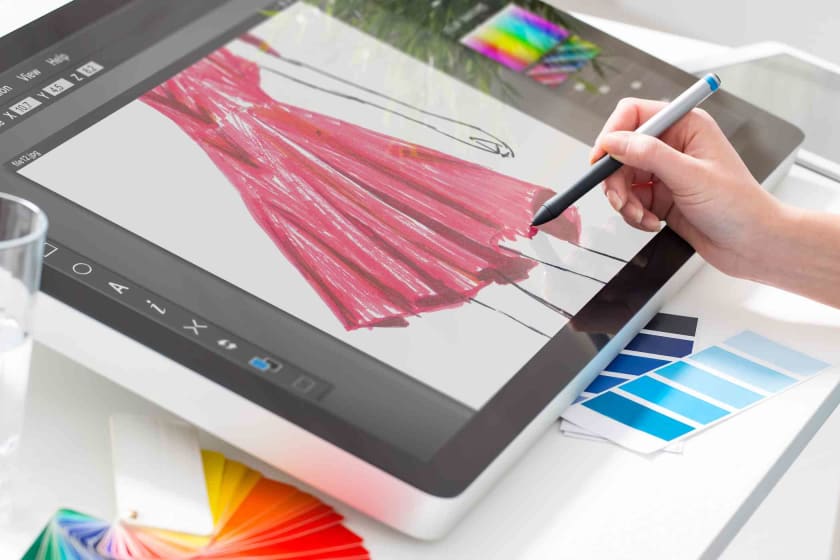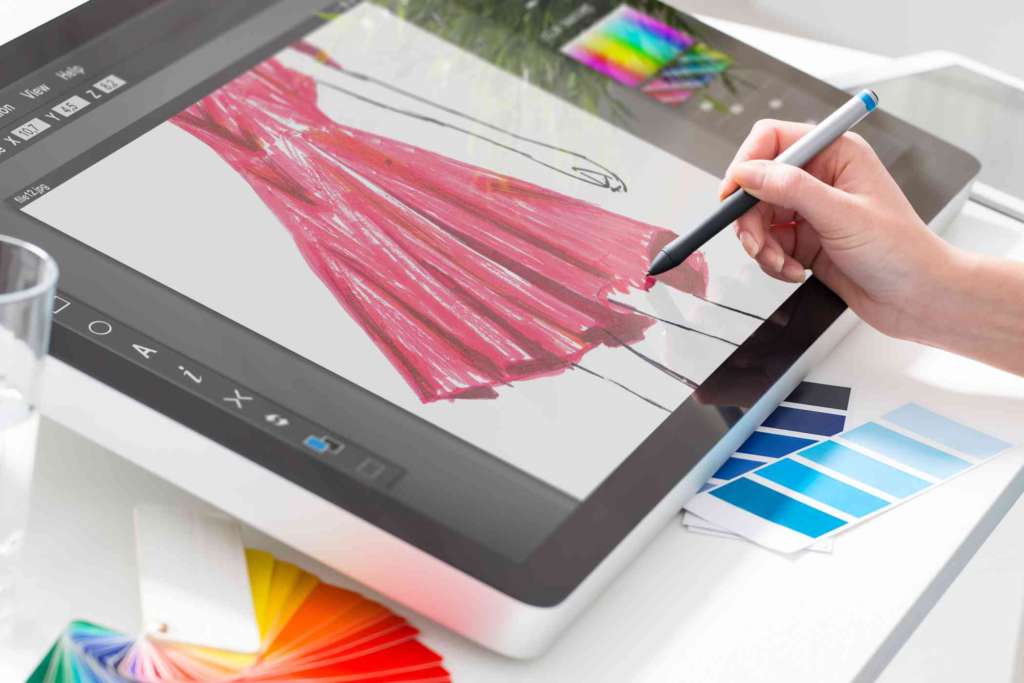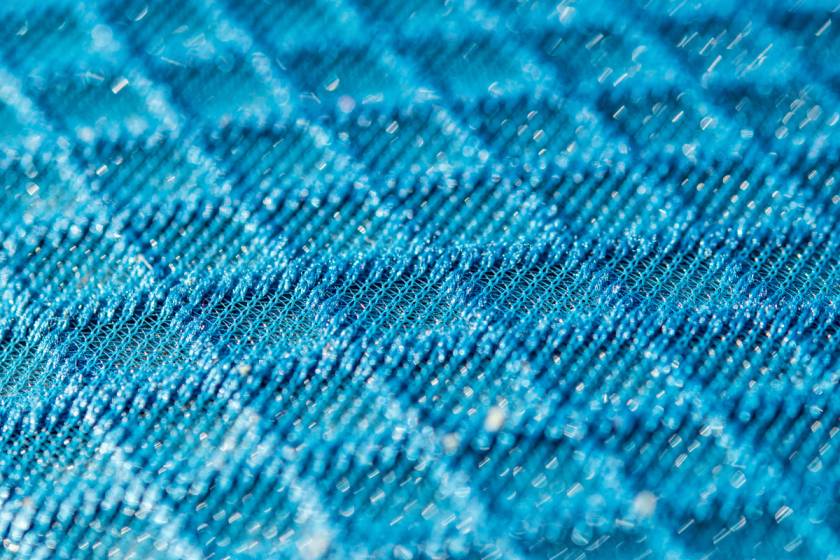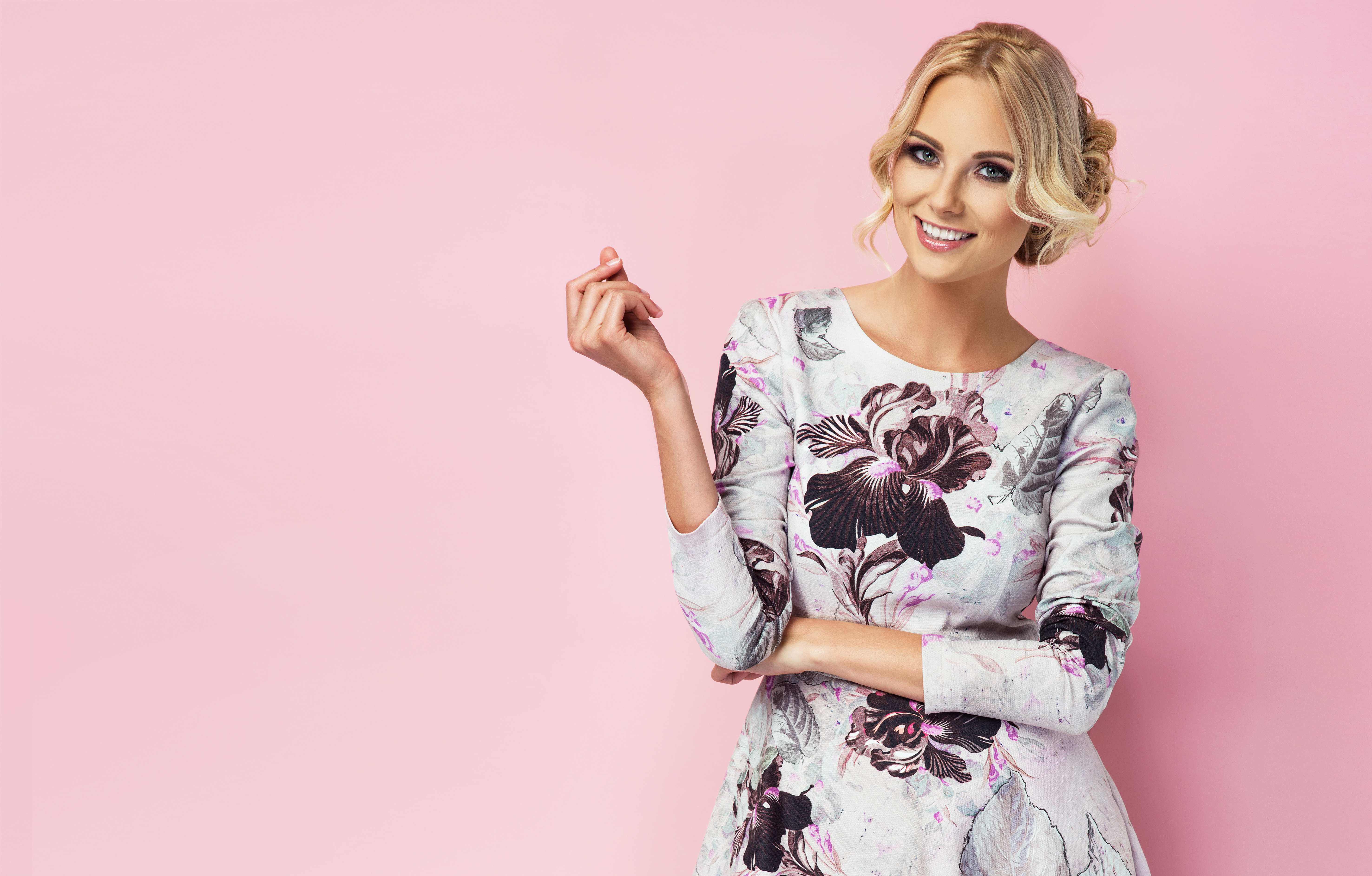10 Latest Trends in Tech Fashion That Are Disrupting the Clothing Industry



We are in the throes of a monumental shift in the world of fashion. But this is, in fact, an interim period with a great window of opportunity for the changes to kick in. The clothing industry finds itself right in the middle of all these changes reshaping how technology interacts with fashion. Constant development in technology and its application to the world of fashion has been overhauling everything. Right from conception and manufacturing to sales and customer service, the old order has been crumbling everywhere. There is a surge in tech fashion products born out of the synergy of designers, manufactures, computer tech, and scientists.
All these tech fashion trends have been disrupting the status quo with far-reaching changes that have cemented a solid place in the industry.
1. Pushing for the online retail model
Bridging the customer and product gap through online retail stores and social media apps definitely gives e-retailers a competitive edge over traditional retailers. Shopping apps display the entire lineup conveniently, with consumers just needing to click to add an item to the cart. On top of this, these apps collect information and provide services tailored to every individual’s unique need. Any traditional practice stands to lose if they don’t adapt to this changing trend.
2. In-store restructuring using technology
Some stores have minimized the stampede situation that a huge crowd pulls in with a shift in approach. Retailers are trying to curb the physical display of their products by providing touch screens to browse the selection and virtual try-on to illustrate the true fit of the product.
3. Artificial intelligence rolling out key changes in the fashion game

AI has accelerated the fashion game by providing customer insights and re-evolving the experience around catering to the consumer’s personal preferences. Even the customer service has come to rely on bots for minimizing delay and tackling issues efficiently heavily. Giants like Amazon have been utilizing AI for packaging and shipping, giving their competitors a huge setback as traditional retailers will take a great hit with this disruption.
4. VR/AR for a more streamlined experience
Virtual reality provides an immersive experience to the consumers. One can simply wear a VR headset and experience the whole launch event of a brand’s collection or simply take a virtual tour in their closet. A consumer can see the garment up close and enjoy the thrill of witnessing an exclusive lineup of products through an alternative reality setup.
5. Push for sustainability and strategy change
Here again, AI can be relied upon heavily on cutting down the wastage of materials. It does this by studying the market demand prediction markers. It helps curb overproduction and boosts a more sustainable production practice. AI can also help tackle the wastage over return shipment by providing customers a more personalized experience that cuts down on returns. Also, sustainable plant-based or recycled materials are on their way to claim mainstream glory in the fashion world.
6. Wearable technology overhauling the industry
Wearable tech fashion has been around since FitBit made some waves, but now there has been a huge surge in products that bring functional tech together with style trends. Giants like Tag Heuer and Diesel have been using Google OS for a smart update from old practices. Neckpieces and rings have been given a push, with Swarovski and Misfit Wearables partnering up.
7. 3D printing/scanning helming this change
A 3D solution is a great way to remedy the problem of wading through piles of clothes for that one perfect fit. Machine learning can be used to configure a database that helps cater to the consumers by providing items that come closest to their requirements. The in-app purchases become more personalized as consumers now get made-to-fit products. Also, the brands save users’ profiles across all platforms.
8. High tech fabric for a move towards smart synthetics

From Yoga pants that vibrate to indicate hold/release of an asana to smart jackets that can navigate a playlist with a gesture, fabrics come fitted with smart technology now. Fabrics have been made to allow faster moisture-wicking and regulation of temperature for a more comfortable experience. Innovative spider-silk fabrics and fabrics with photochromatic ink for color change are gaining traction. Smart shoes have become smarter with navigation assistance and activity tracking. There has been a lot of innovation that threatens the status quo of the clothing industry and challenges to disrupt the norm.
9. Intuitive customization
Consumers have been provided with personalized offerings owing to the retailers who have been stepping it up with advanced analytical tools. Smart prediction and assessment have been faring well on all accounts.
10. Shift in consumer behavior
The virtual shift in fashion has greatly enhanced consumer satisfaction. People have grown habitual to the ease, comfort, and customization they can enjoy sitting at home. With more people reshaping their expectations, the traditional clothing industry will face some major disruption.
Conclusion
The tech fashion trends have grown out of their niche and are influencing the way we look at fashion. Technology has seeped into the very fabric of the clothing industry and has pushed everyone to shift around and adapt to these changes. Embracing this would allow for a more evolved practice while failing to keep up would be a major hit for brands. Check out the tech trends that are peaking this year.



















